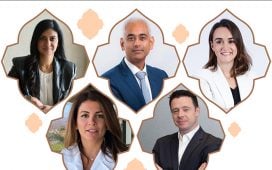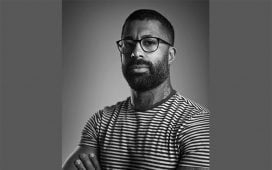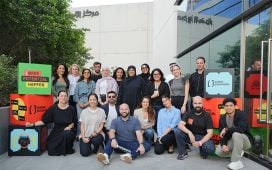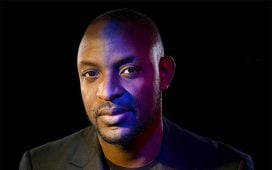Celebrated Iraqi calligrapher Wissam Shawkat talks art, typography and its (mis)use by Middle East advertisers with Eleanor Dickinson
Basra in the mid-1980s was a city under siege, which for some meant there was a lot of time to kill. As bombs pounded the city at the height of the Iran-Iraq war, civilians fled their offices, shops and schools for the safety net of concrete shelters buried under the earth.
With little else to do but wait for the sirens to end, one 10-year-old boy began to practice what would become a passion for the rest of his life: the art of Arabic calligraphy. Thirty years later and now an award-winning calligrapher and artist, Wissam Shawkat sits in front of me in
To continue reading this article you need to be registered with Campaign. Registration is free and only takes a minute. Register Now or sign in below if you already have an account.









